What is G6PD deficiency? What should children with G6PD deficiency not eat?
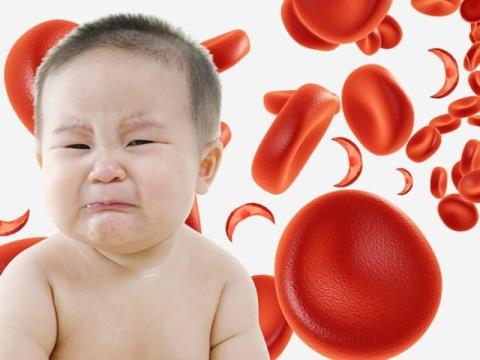
G6PD deficiency is a metabolic disorder that is quite common and occurs in all ages, especially young children. For children with G6PD deficiency disease, parents need to build a scientific and appropriate diet to help children lead a healthier life. So what is G6PD deficiency? What should children with G6PD deficiency not eat?
With G6PD deficiency, children need to avoid foods that contain oxidizing agents to prevent worsening of the disease and help children develop better. So what should children with G6PD deficiency not eat? If readers are interested in this issue, please follow the article below of SignsSymptomsList for specific answers!
What is G6PD deficiency?
G6PD deficiency (G6PD stands for Glucose-6-phosphate Dehydrogenase) is confirmed as an X-linked recessive genetic disease, which is caused by receiving an abnormal recessive gene on the sex chromosome. from father and mother. Therefore, men will have a higher risk of G6PD deficiency than women.
The deficiency of G6PD enzyme was determined by experts to be caused by a mutation in the G6PD gene at the Xq28 position on DNA and there are more than 140 types of mutations leading to G6PD deficiency. This structural change will disrupt the normal structure of the enzyme, thereby reducing the G6PD enzyme content and causing metabolic disorders in the body.
When the body lacks the enzyme G6PD, red blood cells are at high risk of being broken down by oxidizing agents and leading to anemia. In addition, large amounts of bilirubin are released when red blood cells are broken down. If this active ingredient is not eliminated in time, it will lead to yellowing of the eyes, skin and more seriously, it can affect the brain development of children.
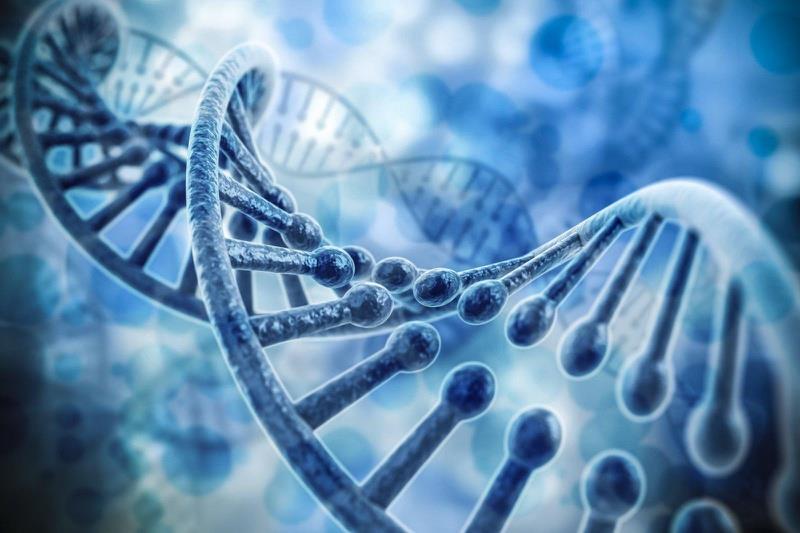 G6PD deficiency is a recessive genetic disease
G6PD deficiency is a recessive genetic disease
Signs of a child with G6PD deficiency disease
As is known, G6PD deficiency is an inherited disease and is common in young children. When children are deficient in G6P, some red blood cells become sensitive and break easily when the child's body is exposed to oxidizing agents through breastfeeding, eating or when having some infections. .
Children with G6PD deficiency will show signs such as:
- Quitting breastfeeding, loss of appetite.
- Dark yellow urine.
- Yellow skin, yellow eyes.
In addition, there are some signs that also indicate a person has a G6PD deficiency such as:
- The body temperature rises suddenly.
- The body is tired, pale, health decline.
- Fast heart beat.
- Fast, weak pulse.
- Shortness of breath.
- Fever, dizziness…
Children with G6PD deficiency disease most of the time do not show symptoms until hemolytic episodes appear when the body is exposed to some oxidizing agents, then there will be some manifestations such as: Yellow eyes, jaundice, pale skin, pale mucous membranes, abdominal pain, splenomegaly, dark yellow urine and headache due to anemia .
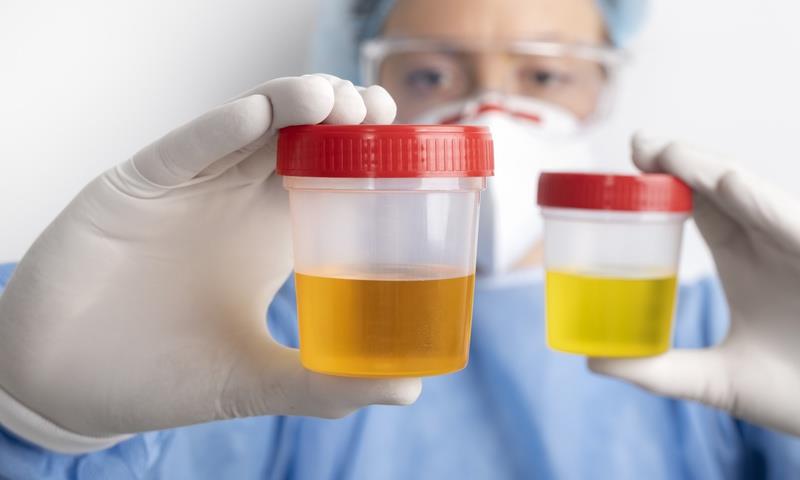 Dark yellow urine is a sign of G6PD deficiency
Dark yellow urine is a sign of G6PD deficiency
For mild symptoms, the patient does not need medical treatment. As long as the body produces new red blood cells, the anemia of the body will be improved. If the symptoms become more severe, the patient needs to go to the medical facility early for timely examination and treatment. In addition, the diet of people with G6PD deficiency also needs to be carefully considered to avoid worsening of the disease. So what should children with G6PD deficiency not eat?
What should children with G6PD deficiency not eat?
In fact, parents tend to worry excessively about whether their child has a dangerous G6PD deficiency and not give their child any foods that contain antioxidants. However, depending on the child's condition and G6PD deficiency, parents can limit the use of certain foods for their children instead of completely avoiding them. A scientific and healthy nutrition will help children avoid oxidizing agents, and at the same time ensure the comprehensive development of children.
Below is a list of some foods that experts and doctors recommend to limit or avoid completely when children have G6PD deficiency, specifically as follows:
- Mulberry bean : G6PD enzyme deficiency disease is also known as broad bean disease. This is the main factor that can make metabolic G6PD deficiency become serious. Consuming mulberry beans will make hemolysis in children with G6PD deficiency worse. Therefore, mulberry beans are a type of food that patients should absolutely abstain.
- Legumes : For foods belonging to the legume family such as red beans, chickpeas, peanuts, black beans… do children with G6PD deficiency need to abstain from eating? According to some opinions, children with G6PD deficiency should absolutely abstain from these foods, however, at present, this information has not been verified. However, parents should still limit the use of legumes for children with G6PD deficiency.
- Foods containing high antioxidants : Besides beans, children with G6PD deficiency disease also need to limit the use of foods containing high antioxidants such as blueberries, bitter melon, french fries, tomato sauce. canned sourdough, lettuce, tonic water, mint, onion. Parents need to help children control their consumption of these foods to avoid aggravation of hemolysis.
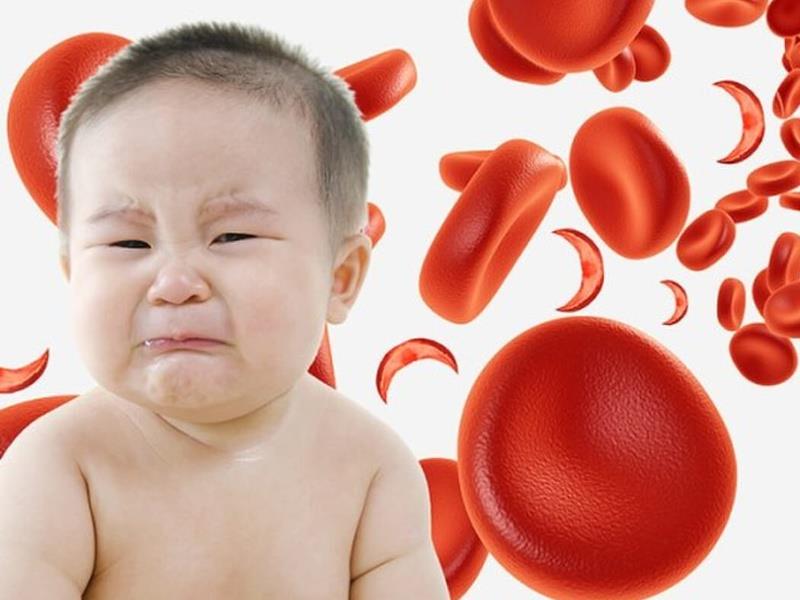 Children lacking G6PD enzyme should not eat is a question of many parents
Children lacking G6PD enzyme should not eat is a question of many parents
What should children with G6PD deficiency eat?
In addition to the question of what children with G6PD deficiency should not eat, many parents are also concerned about what children with G6PD deficiency should eat? Because of this disease, it is necessary to have a suitable diet to limit hemolysis and help children develop better. Here are the recommended foods for children with G6PD deficiency:
- If the baby is between 0-6 months old, breast milk is the main source of nutrition for the baby. Therefore, children with G6PD deficiency, mothers still need to maintain regular breastfeeding. At the same time, mothers also need to avoid or limit the consumption of foods containing strong oxidants as mentioned above to ensure the health of their children.
- Milks derived from nuts such as cashews, walnuts, almonds, etc.
- Fresh and unpackaged foods to limit preservatives.
- Antioxidant-rich foods like tomatoes, spinach, grapes and citrus fruits…
- Pomegranate is a fruit that is extremely effective in supporting the prevention of anemia.
- Foods rich in B vitamins such as B5, B8 and B12 have the effect of supporting metabolism and helping cells work more efficiently.
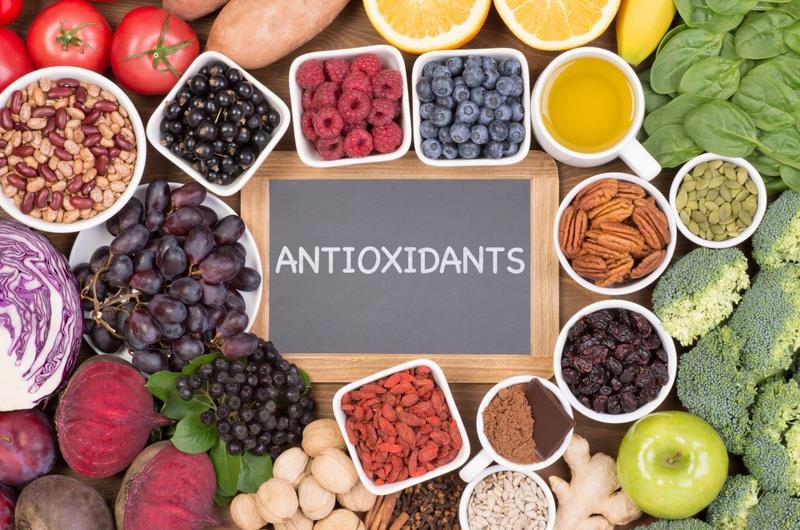 It is recommended to add foods rich in antioxidants in the diet of people with G6PD deficiency
It is recommended to add foods rich in antioxidants in the diet of people with G6PD deficiency
In summary, G6PD enzyme deficiency disease is an inherited disease and can greatly affect the patient's health if not detected early and treated promptly. The disease usually occurs in infants and children. Therefore, children with G6PD deficiency should not eat anything, which is always a concern for mothers whose children unfortunately have this disease. If a child has any symptoms of G6PD hemolysis occurring due to food, parents need to quickly take their child to medical facilities for timely examination and treatment.